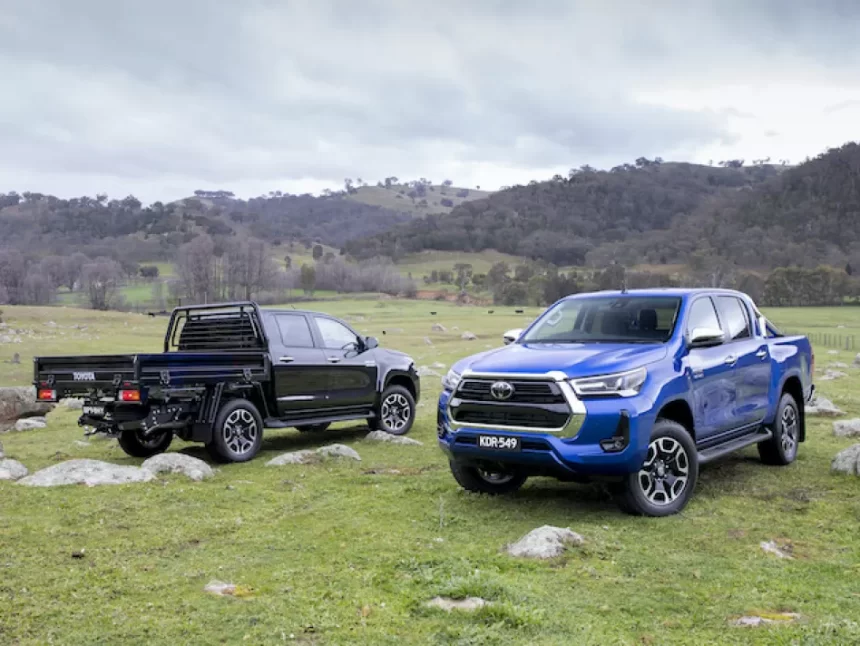New laws announced this month could see tradies potentially saying goodbye to fan-favourite cars like the Toyota Hilux and the Ford Ranger.
These regulations look to crack down on beloved petrol and diesel cars, with the goal of bringing Australia more in line with the standards already adopted by Europe.
A noble goal? Sure, but the legislative shift could spell the end for some of our four-wheeled favourites, from passenger cars and SUVs to utes and vans, unless they can meet the demanding ‘Euro 6d’ requirements.
This includes signature workhorse utes such as the Toyota HiLux, Ford Ranger, and Isuzu D-Max. Even iconic four-wheel drives like the Toyota LandCruiser 300 Series and Jeep Wrangler fall within this category.
As of 2024, over half of the new petrol- and diesel-powered vehicles available in Australia are only certified to the current emission requirements and would fail to meet these new standards.
With no real ‘affordable’ four-wheel-drive alternatives on the market and the requirements set to take effect as of next year, tradies might be stuck catching the bus to the job site.
Shaking up Aussie industry
While the new regulations might leave tradies in the lurch, it is about time the Aussie car industry gets in line with the rest of the developed world.
In 2023, current emissions standards in Australia, which have been in place since 2009, fall well short of those adopted in Europe a decade ago, and Australia’s petrol quality ranks as one of the dirtiest among developed nations.
The Euro 6d standards that we are adopting, which were implemented in Europe in 2021, set a benchmark that rivals or surpasses the emission protocols enforced in the US, Canada, the EU, United Kingdom, Japan, China, Korea and India.
For Minister for Climate Change and Energy Chris Bowen, the updates are long overdue.
“The Albanese Government has a laser-like focus on bringing down transport costs and emissions,” Minister Bowen said.
“The former government talked a lot about making these changes but wasted years without action, now we’re getting on with the job of delivering better health and cost-of-living outcomes.
“These updates to our vehicle standards will see almost 18 million tonnes of greenhouse gas emissions cut from the transport sector by 2050 – equivalent to taking 280 000 cars off the road.”
Noxious emissions produced by vehicles contributed to more than 1,700 deaths in Australia in 2015 – 42 per cent more deaths than the road toll for that year.
A University of Melbourne study also found that more than 11,000 Australians die prematurely every year from transport emissions, while 19,000 people are hospitalised for heart and lung issues.
Minister for Infrastructure and Transport Catherine King said the changes would save lives.
“The changes, along with Fuel Efficiency Standards are part of delivering cleaner, cheaper to run cars and tackling transport costs for Australian families and businesses,” Minister King said.
“Noxious emissions contribute to strokes, respiratory illnesses and cancer and equivalent standards have already been introduced in countries such as the US, China, India and Japan.”
With the regulations impacting new cars, SUV and light commercial vehicles entering the market from December 2025 (and impacting all models as of 2028), supporters hope the change will incentivise car manufacturers to make our Aussie utes more emission-friendly.







